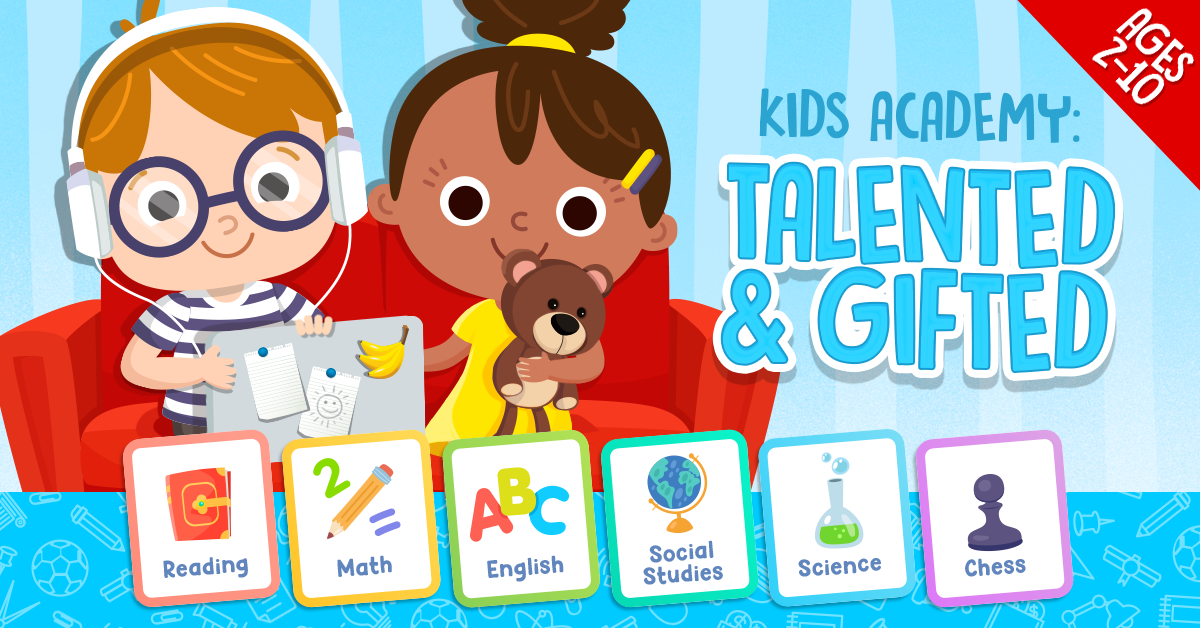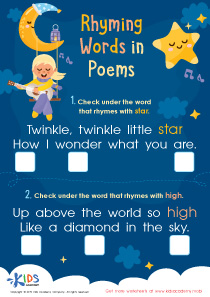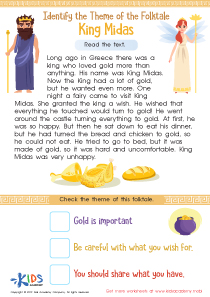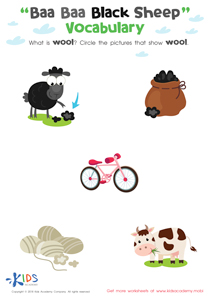Handwriting practice Normal Reading Worksheets for Ages 3-7
6 filtered results
-
From - To
Enhance your child's reading and writing skills with our Handwriting Practice Normal Reading Worksheets, designed specifically for ages 3-7. These engaging worksheets combine fun and learning to develop essential handwriting abilities. Perfect for young learners, these printables focus on improving letter recognition, fine motor skills, and overall literacy. Each worksheet fosters a love for reading while ensuring your child’s writing is clear and legible. With colorful graphics and age-appropriate content, our resources provide a motivating way to practice and master handwriting, making learning an enjoyable experience for early grade students. Download today and watch your child’s skills flourish!
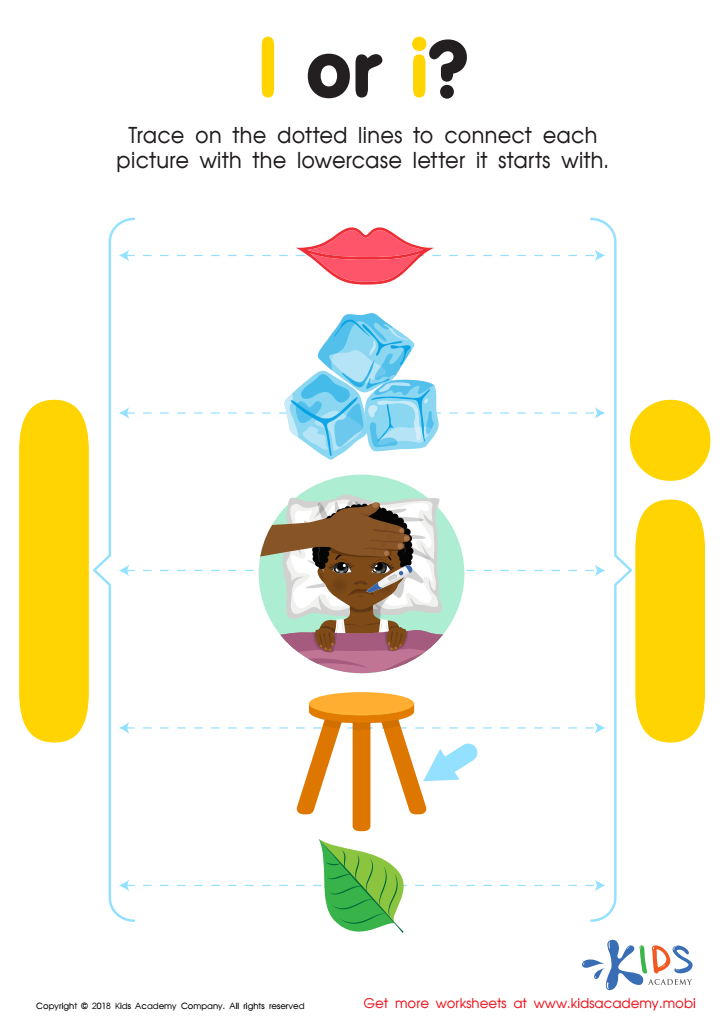

l or i? Worksheet
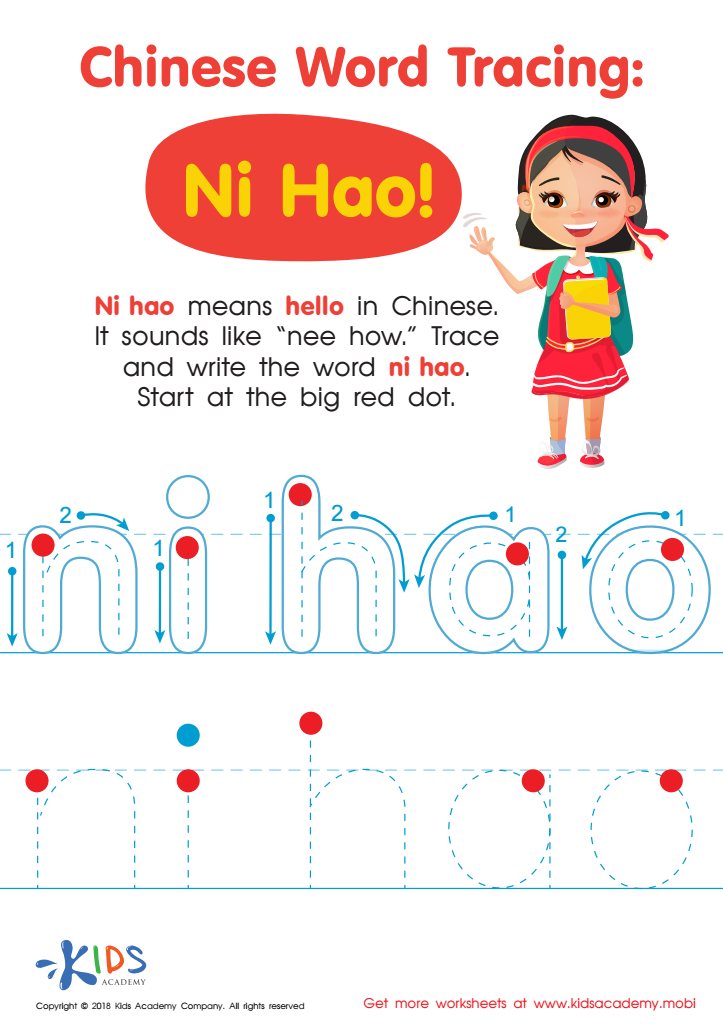

Chinese Word Tracing: Ni Hao Worksheet
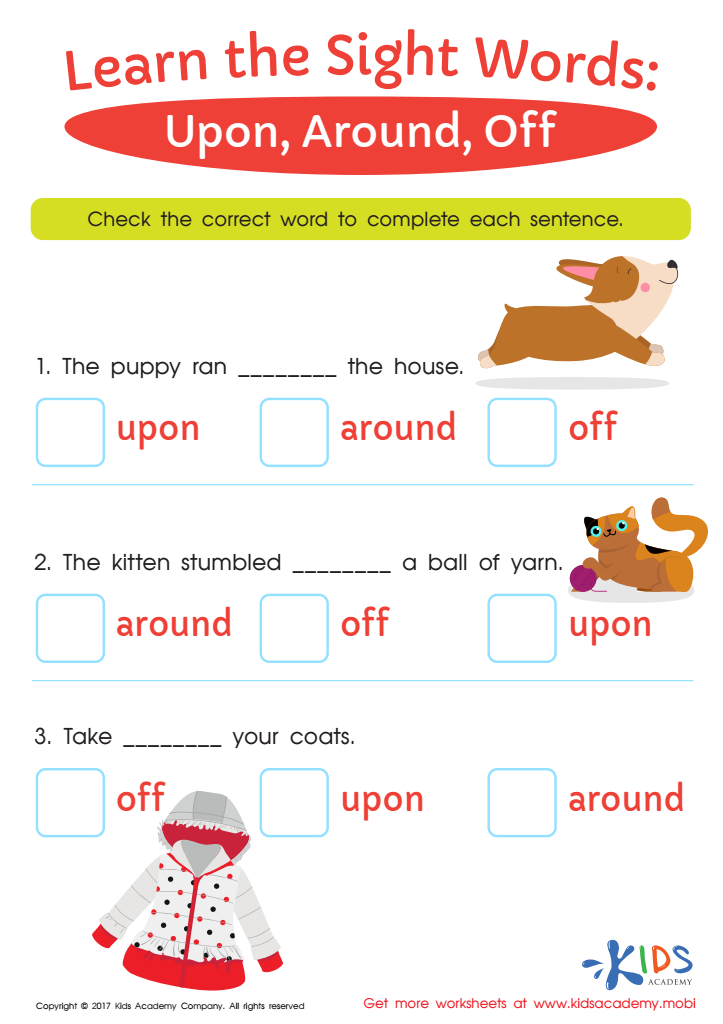

Upon, Around, Off Sight Words Worksheet
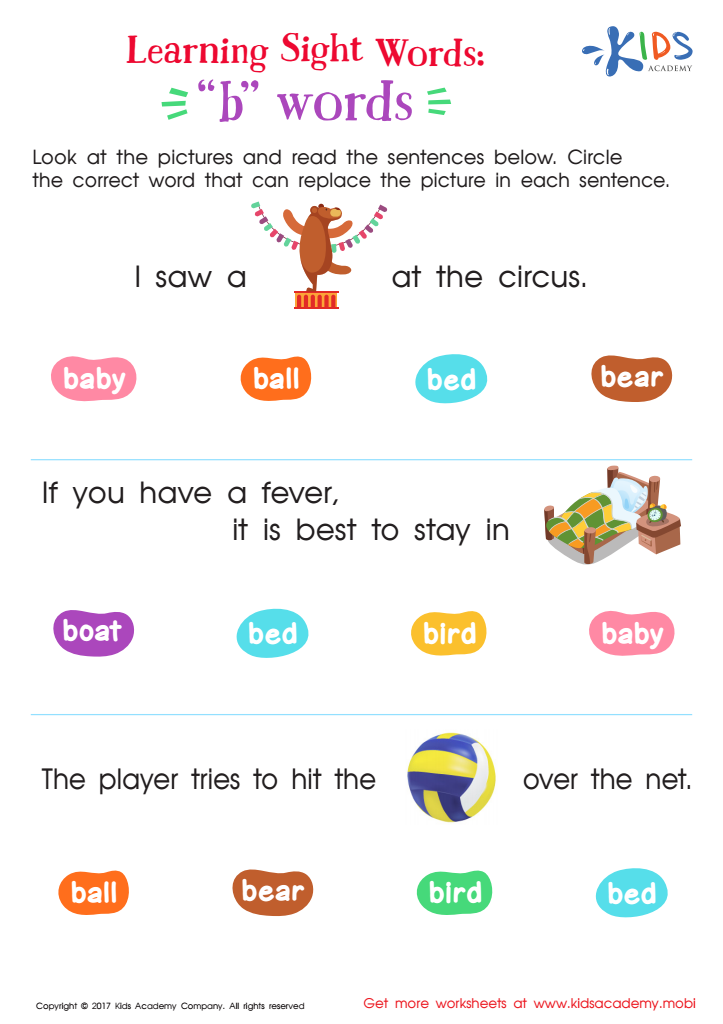

"B" Words Printable Sight Words Worksheet
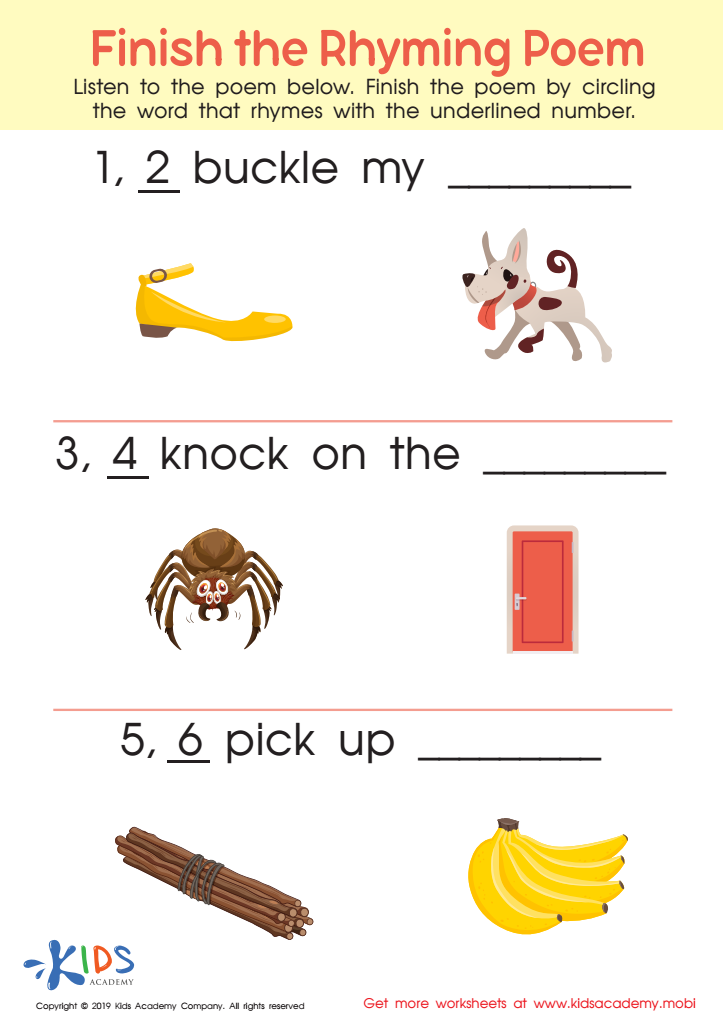

Finish Rhyming Poem Worksheet
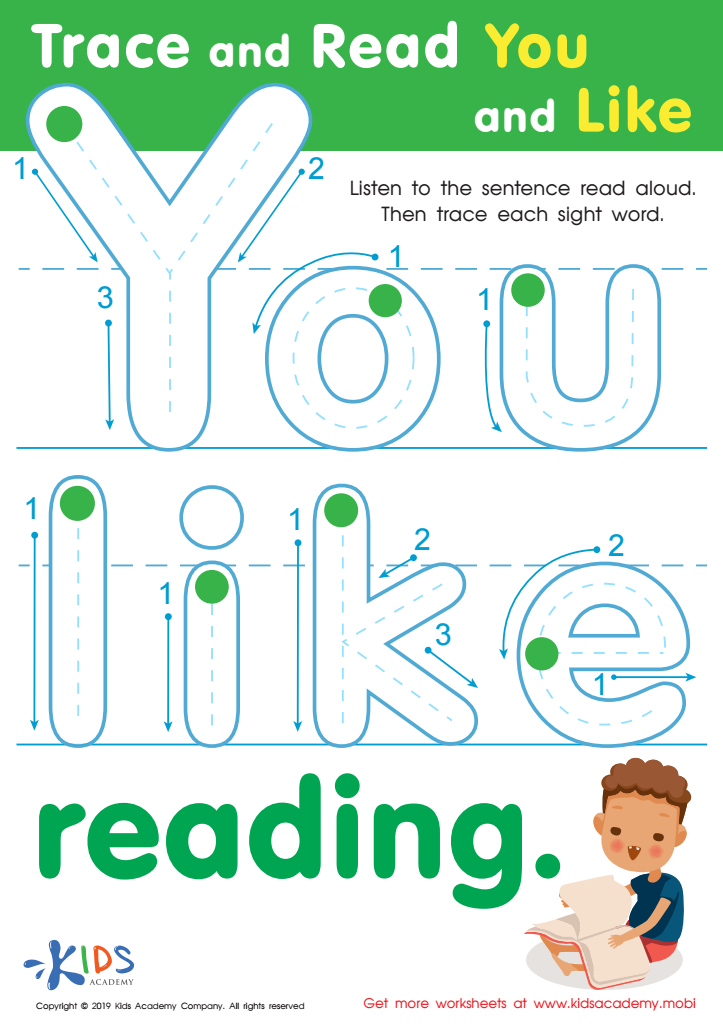

Trace Read You Like Worksheet
Handwriting practice and normal reading for ages 3-7 are fundamental for children's cognitive and motor skills development, influencing their overall academic growth. During these early years, children's brains are highly adaptable and forming crucial connections that lay the groundwork for future learning.
Handwriting practice enhances fine motor skills, hand-eye coordination, and spatial awareness. It trains young minds to pay attention to detail, developing their ability to concentrate and follow sequential tasks. Forming letters by hand engages the brain differently from typing, fostering better memory retention and understanding of the alphabetic principles. This tactile activity also reinforces the learning of letter shapes and their associated sounds, essential components of literacy.
Engaging in regular reading exposes children to rich language input, vocabulary, and story structures. It builds phonemic awareness, understanding how sounds form words, which is crucial for decoding new words. Reading aloud to children enhances their listening skills, comprehension, and ignites a passion for stories and information. It also provides opportunities for them to ask questions, develop critical thinking, and enhance their narrative skills by retelling stories.
Together, handwriting practice and engaging in normal reading establish a robust foundation for children’s future academic and personal success. These activities support brain development, literacy skills, and foster a lifelong love for learning, making them essential components of early childhood education.

 Assign to My Students
Assign to My Students







